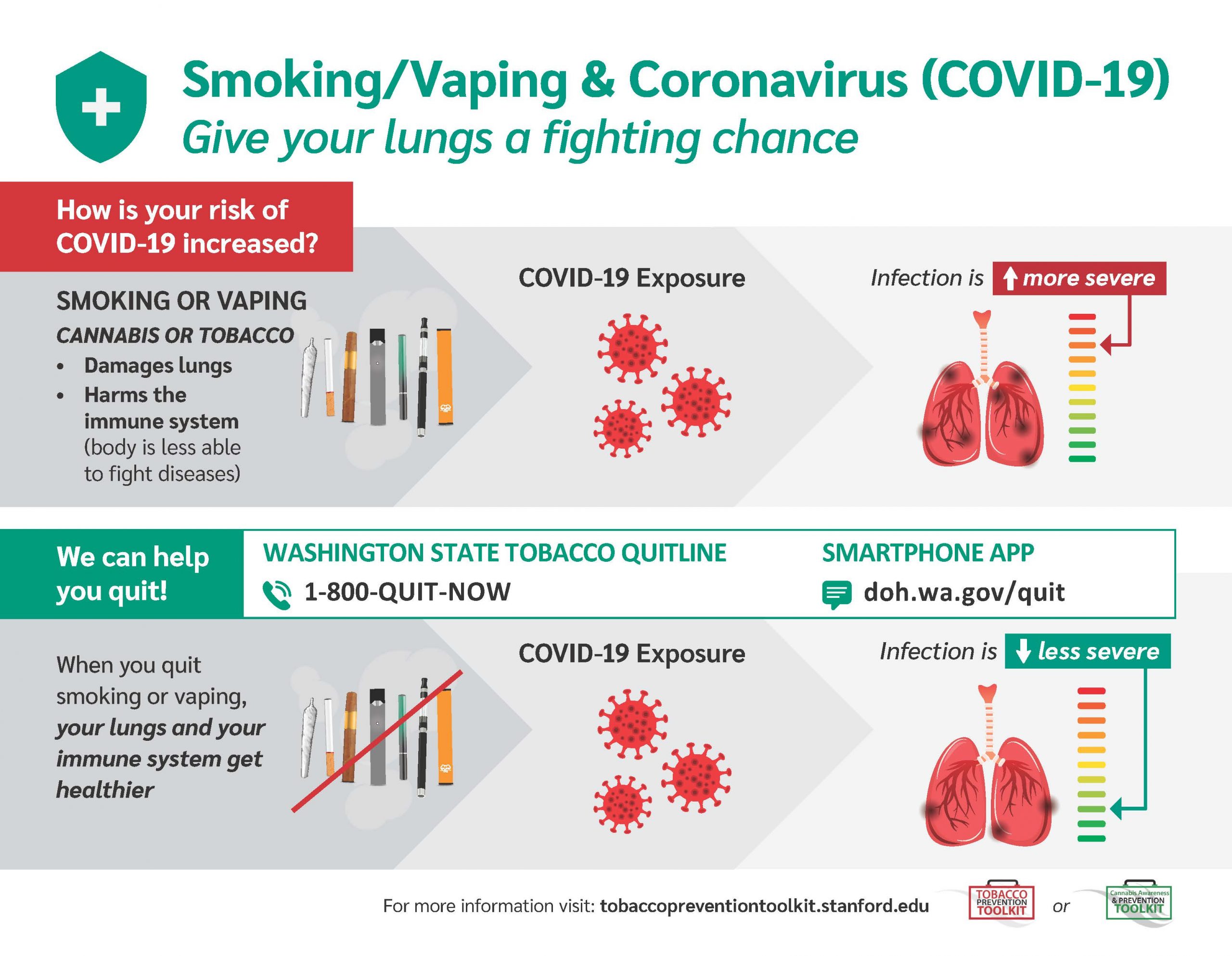

Despite decades of awareness campaigns and warnings, tobacco use remains a major public health threat, with e-cigarettes and vaping contributing to the problem. According to a 2022 WHO study, at least 37 million young people worldwide use tobacco, with the popularity of e-cigarettes and nicotine pouches on the rise. These products, marketed as a way to help smokers quit, have instead normalized the act of smoking, particularly among younger generations. This poses a grave threat as tobacco use is linked to various cancers, including lung cancer, the most prevalent form of cancer in India.
Electronic Cigarettes, Vaping, and the Global Tobacco Crisis: A Grave Threat to Public Health
Despite decades of public awareness campaigns and warnings, tobacco use remains a major public health threat worldwide. In recent years, the rise of electronic cigarettes (e-cigarettes) and vaping has added a new dimension to this problem.
The Lure of E-Cigarettes
E-cigarettes have been marketed as a safer alternative to traditional cigarettes, with claims that they help smokers quit. However, studies have shown that this is not the case. In fact, e-cigarettes have become a gateway to nicotine addiction for many young people.
The popularity of e-cigarettes among youth is particularly concerning. According to a 2022 World Health Organization (WHO) study, at least 37 million young people worldwide use tobacco, with the popularity of e-cigarettes and nicotine pouches on the rise. These products have normalized the act of smoking, especially among younger generations.
The Health Risks of Tobacco Use
Tobacco use is linked to a wide range of health problems, including:
E-cigarettes have not been shown to be any safer than traditional cigarettes. In fact, some studies have suggested that they may even be more harmful.
The Impact of World No Tobacco Day
World No Tobacco Day is observed every year on May 31st to raise awareness of the dangers of tobacco use and to advocate for policies to reduce its use. This year's theme is "Protect youth from industry manipulation and prevent them from nicotine addiction."
The WHO is calling on governments to:
Top 5 FAQs and Answers
1. Are e-cigarettes safer than traditional cigarettes?
No, e-cigarettes have not been shown to be safer than traditional cigarettes.
2. Do e-cigarettes help smokers quit?
No, e-cigarettes have not been shown to be effective for smoking cessation.
3. What are the health risks of e-cigarettes?
E-cigarettes have been linked to a variety of health risks, including: lung damage, heart disease, and cancer.
4. What can be done to reduce tobacco use?
Governments can implement comprehensive tobacco control measures, including bans on tobacco advertising and promotion, increased tobacco taxation, and support for smokers who want to quit.
5. How can I protect my child from the harmful effects of tobacco?
Talk to your child about the dangers of tobacco use, encourage them to avoid tobacco products, and set a good example by being smoke-free.

On the birth anniversary of Dr. APJ Abdul Kalam, the ‘Missile Man’ of India, tributes pour in on social media celebrating his life, vision and impact. A visionary scientist, inspiring leader and true patriot, Dr. Kalam's humility, compassion and constant interaction with students continue to inspire generations. His tireless efforts in defense, science and youth empowerment have strengthened India's path towards self-reliance and his legacy continues to motivate young minds to dream big and work hard for the nation.

Recent studies have found that extreme heat, particularly when combined with high humidity, can have a significant impact on mental health. A study in India showed that when wet bulb temperature exceeded 27°C, the probability of reporting severe depression increased by 0.5%, even when the temperature was slightly lower. This finding is consistent with global reviews that have linked high temperatures to mood disorders, increased hospital admissions for psychiatric conditions, and even elevated suicide risk. The Lancet has also published evidence that rising temperatures worldwide are a growing threat to emotional and cognitive health.

In a meeting with university officials in Udaipur, Rajasthan Governor Hari Bhau Bagde stressed the importance of incorporating India's ancient knowledge traditions into academic research. He highlighted the deep repository of knowledge in India since ancient times and urged scholars and scientists to draw upon this tradition in their work. Bagde also suggested making ancient texts available in university libraries for study and research purposes, in order to shape the intellectual abilities and love for the nation among the younger generation.

John Clarke, Michel H. Devoret, and John M. Martinis have been awarded the 2025 Nobel Prize in Physics for their pioneering research into quantum mechanical tunnelling. Their discovery has opened new possibilities for quantum technologies, and will be formally presented on December 10, the anniversary of Alfred Nobel's death. This announcement follows the tradition of recognizing transformative contributions to science, and the award carries a prestigious prize of 11 million Swedish kronor.

The US-Japanese trio of Mary E Brunkow, Fred Ramsdell, and Shimon Sakaguchi have won the 2025 Nobel Prize in physiology or medicine “for their discoveries concerning peripheral immune tolerance". Through their research, they have shown how the immune system is kept in check and why serious autoimmune diseases do not affect everyone. Sakaguchi found a new class of T cells, while Brunkow and Ramsdell discovered the explanation behind a specific mouse strain's vulnerability to autoimmune diseases. Together, they have significantly advanced our understanding of immunology and autoimmune diseases.

Indian astronaut Shubhanshu Shukla, who recently completed a 20-day space mission, shared his insights and experiences at the convocation ceremony of Dr. APJ Abdul Kalam Technical University. He highlighted the importance of patience, focus, and the inevitability of change in achieving success, and urged the graduating class to actively contribute to shaping a fearless and ambitious India.

The Regional Meteorological Centre (RMC) in Chennai has issued a weather alert for parts of Tamil Nadu, with thunderstorms and light to moderate rainfall expected on Saturday. The alert was issued due to the strengthening of a cyclonic circulation in the Bay of Bengal, which is likely to intensify and form a low-pressure area. The system is expected to affect Tamil Nadu, Puducherry, and Karaikal, with some areas experiencing heavy rainfall and gusty winds. The public is advised to stay updated and take precautions, especially in hilly and western districts.

As a step towards advancing India's deep-sea research capabilities, the Union Science Minister announced a landmark contract with the International Seabed Authority to conduct mineral exploration in the Indian Ocean for the next 15 years. This move will not only help India in expanding its scientific knowledge about the deep sea but also has the potential to strengthen its position as a leading player in the international seabed mining industry.

President Trump has signed a proclamation that makes significant changes to the H-1B visa program. These changes include a new $100,000 fee for employers to sponsor H-1B workers entering the US, as well as higher wage levels and priority for senior, high-paying positions. While workers currently inside the US on valid H-1B status are not directly affected, anyone traveling abroad and seeking re-entry must comply with the new requirements. The lasting impact on the flow of talent, technology, and jobs between India and the US remains uncertain.

On September 7, 2025, a total lunar eclipse, known as a "Blood Moon," was visible to sky-watchers across Europe, Africa, Asia, and Australia. This event, which lasted from 8:58 pm to 2:25 am in India, is the longest total lunar eclipse since 2022 and only the second clearly visible Blood Moon in India since 2018. The Moon appeared red due to the Earth's atmosphere bending sunlight and filtering out blue light, providing ideal viewing conditions for Indian observers in the late evening and early hours of September 8.